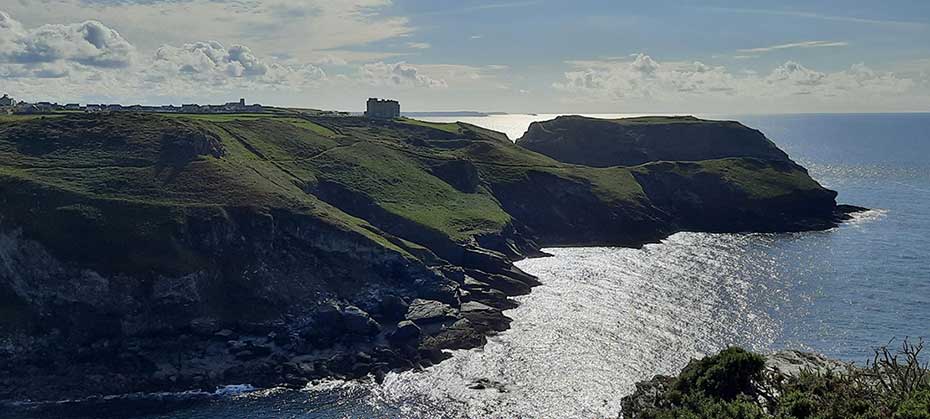Hidden Kingdoms: the South-West of Britain in Late Antiquity
Britain ceasing to be part of the Roman Empire was one of the most formative episodes in our history, yet research on Late Roman and early medieval Britain has traditionally privileged eastern ‘Anglo-Saxon England’ over the so-called western ‘Celtic fringe’. This Leverhulme Trust funded project (2023-26) aims to redress this imbalance by exploring the landscape, communities, and material culture of the hidden kingdoms of South-Western Britain that existed from the 5th-7th centuries, whilst avoiding perpetuating the binary division between east and west through studying the interactions between these British regions and communities with an emerging Anglo-Saxon identity to the east.
Objectives
The aim of this project will be to explore how communities in South-West Britain first adapted to life after the Roman Empire – including within the British kingdoms of Dumnonia and the ‘West Welsh’ – and then faced the new challenge of becoming absorbed within an Anglo-Saxon kingdom from the 7th century.
Meet the team
| Role | |||
|---|---|---|---|
| Principle Investigator | Stephen Rippon, Professor of Archaeology, University of Exeter | ||
| Co-Investigator | Andy Seaman, Lecturer in Early Medieval Archaeology, Cardiff University | ||
| Researcher (Exeter-based) - The Rural Landscape | Dr Chris Smart | ||
| Researcher (Cardiff-based) - Hillforts and hilltop settlement | TBC. Will join the team in 2024 | ||
| Researcher (Oxford-based) - Coinage and other metalwork | Dr John Naylor, Portable Antiquities Scheme National Finds Adviser for Early Medieval and Later Coinage, Ashmolean Museum/University of Oxford, | ||
| Consultant - archaeometallurgy | Dr Tim Young |

